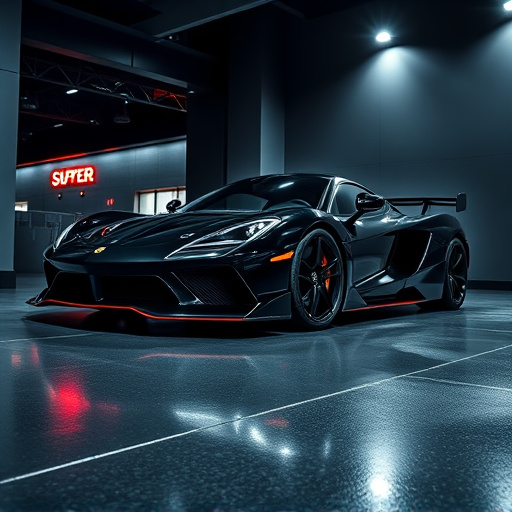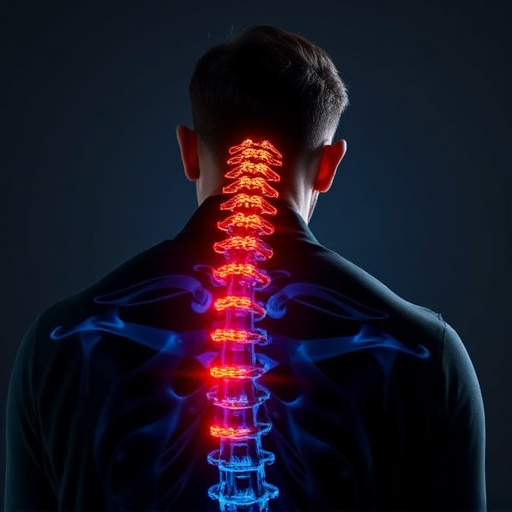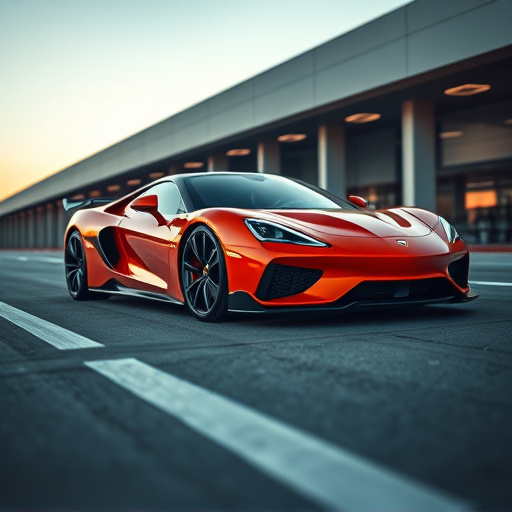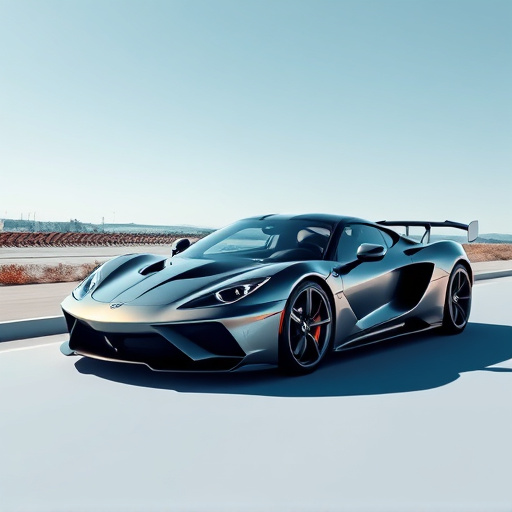Legal cold air intake (CAI) systems offer a sustainable way for street performers to boost engine power without breaking emission laws, drawing in cooler, denser air for optimized combustion. As the street performance industry shifts towards environmental sustainability, CAIs are gaining popularity due to their ability to reduce carbon emissions while enhancing performance. By understanding local regulations and incorporating eco-friendly practices like CAIs, performers can ensure their creations meet ecological standards, fostering a harmonious relationship between artistic freedom and environmental stewardship in the street art scene.
In urban landscapes, street performances bring vibrancy and diversity to public spaces. However, navigating the legal requirements for these activities can be complex, especially regarding vehicle modifications. This article explores the concept of legal street performance upgrades, focusing on the role of legal cold air intake (CAI) systems in enhancing engine performance while adhering to stringent emissions standards. We decode these standards and offer best practices for compliance and optimization, ensuring legal street performances that captivate audiences without compromising environmental regulations.
- Understanding Legal Street Performance Upgrades: The Role of Cold Air Intake Systems
- Decoding Emissions Standards and Their Impact on Street Performances
- Enhancing Street Performances Legally: Best Practices for Compliance and Optimization
Understanding Legal Street Performance Upgrades: The Role of Cold Air Intake Systems
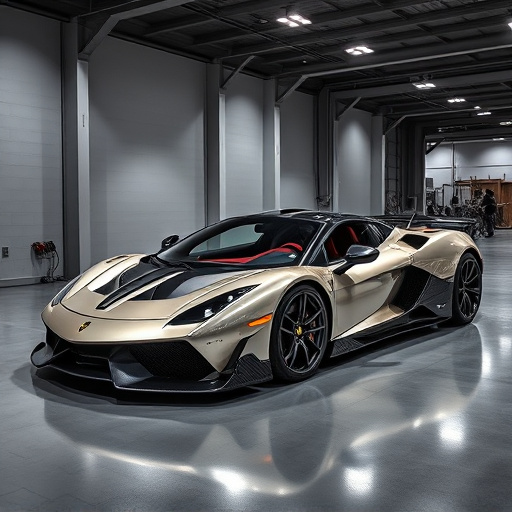
Legal street performance upgrades often involve optimizing components that can enhance a vehicle’s power and efficiency while adhering to emission regulations. One such upgrade is the installation of legal cold air intake systems (CAI). These systems are designed to draw in cooler, denser air from outside the engine compartment, providing a richer fuel mixture for combustion. By allowing more air into the engine, CAIs can significantly boost horsepower and torque without compromising on environmental standards.
Emission-compliant cold air intakes typically feature sophisticated designs that minimize turbulence, ensuring optimal airflow while maintaining low emissions. This is achieved through carefully engineered tubing, filters, and air boxes that capture and direct fresh air directly to the engine’s intake ports. Such upgrades are particularly popular among street performers who seek to enhance their vehicles’ capabilities without crossing legal boundaries related to harmful emissions.
Decoding Emissions Standards and Their Impact on Street Performances

In recent years, the world of street performances has seen a shift in focus towards environmental sustainability and regulatory compliance. Decoding emissions standards is a significant aspect of this evolution, especially for artists utilizing vehicles equipped with legal cold air intake systems. These standards, designed to reduce pollutants and improve air quality, have led to advancements in engine technology and modifications to ensure performances remain both entertaining and eco-friendly.
Legal cold air intake systems play a crucial role in achieving these emissions goals while enhancing performance. By optimizing the airflow to the engine, these systems can increase power output and fuel efficiency. This not only benefits the environment by reducing carbon emissions but also provides artists with more control over their performances, allowing for creative freedom within regulatory boundaries.
Enhancing Street Performances Legally: Best Practices for Compliance and Optimization
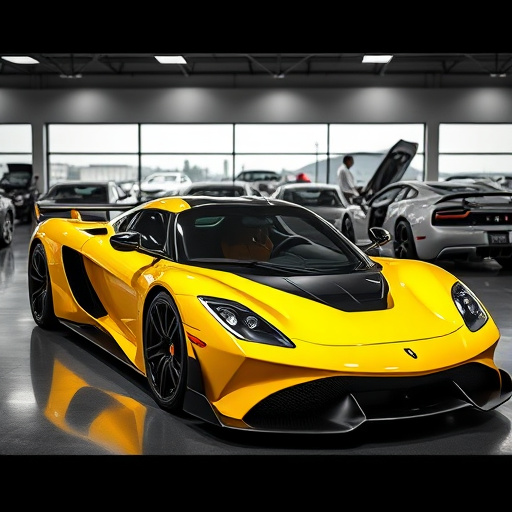
Enhancing street performances legally involves a strategic approach to compliance and optimization, ensuring that performers not only adhere to regulations but also elevate their craft. One key aspect is understanding local laws and permits required for public performances, including any restrictions on sound levels and performance areas. Adhering to these guidelines fosters a positive relationship between artists and authorities, creating an environment conducive to creative expression.
Additionally, incorporating eco-friendly practices can benefit both the performers and the surrounding community. For instance, using legal cold air intake systems in generators or vehicles reduces emissions, minimizing environmental impact. This not only aligns with sustainability goals but also demonstrates a commitment to responsible performance practices. Such initiatives contribute to a thriving street art scene that respects both artistic freedom and environmental stewardship.
Legal street performance upgrades, including the strategic integration of legal cold air intake systems, can significantly enhance vehicle dynamics while adhering to strict emissions standards. By understanding and meeting these standards, car enthusiasts can enjoy optimized street performances without legal repercussions. Embracing best practices for compliance ensures a harmonious balance between environmental regulations and the exhilarating thrill of modified vehicles on public roads.

